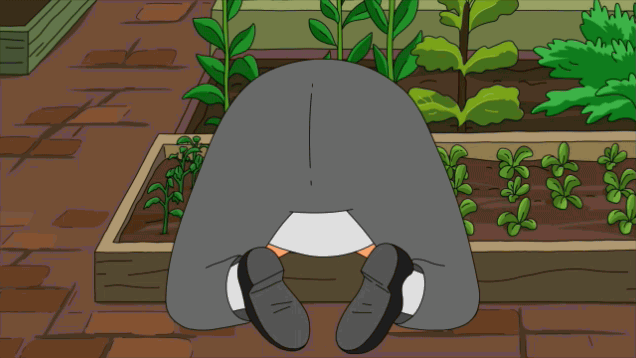― Chinese proverb
It’s often said that hindsight is 20/20; it can be easy to get stuck in the mistakes of the past. What we practice daily at Studio Petrichor is acknowledging the past and using it to propel us into the future. We strongly believe in Richard Louv’s assertion in Last Child in the Woods: Saving Our Children from Nature-Deficit Disorder that time in nature is not leisure time. It is an essential investment in not only the health of our children but also in ourselves. If we can view our relationship with the natural world as something so critical to our existence as the air and water she provides, then we can design for legacy—not just sustainability. We envision solutions that are not ephemeral or immediately gratifying but are instead enduring and perpetual. Solutions that are not simply concerned with our well-being as people, but the well-being of all life forms existing on this wonderful planet we call home.
While designing, we find ourselves continually asking the question, “Is it helpful, or is it hurtful?” How can we make the largest impact on the site while having the smallest impact on our environment? By honoring and optimizing every drop of water that falls from the sky, we are designing for legacy. By rebuilding soil so that native plants can thrive and provide biodiverse environments for keystone species, we are designing for legacy. Not only a legacy for us, but also a legacy for everything else that shares our ecosystem. These physical manifestations of legacy go hand in hand with the wisdom that brings them into reality. Passing on that wisdom can be embedded in storytelling, in the types of word we use, or in the physical form of a place. The way we live within a space (by its design) can communicate cultural and practical wisdom.

Designing for legacy is a constant evolution of thought and action. Something that worked last year may not work three years from now and that is okay. If we listen and learn from Nature’s intelligence, conscious and intentional solutions will reveal themselves. We can find moments of nature’s adaptation in our discarded landscapes, which inform our wisdom of integration. By observing how plants and animals have adapted to such places as along freeways, channelized streams, abandoned industrial parks and residential lots, or along the edges of development, we can learn how natural systems, of their own agency, choose to form a new relationship with our contemporary society.
The landscapes we strive to design are filled with moments for all species of today and the generations of tomorrow. Moments that engrave themselves into our life’s thread, moments that soothe and delight, moments that calm and relax, and moments that protect and nourish all who pass through. We believe the habitats we create should inspire memories for lifetimes. Invite the universe to surprise and delight us, reveal secrets, and help us to drop to our knees, smell the fragrance of the flowers and foliage, and get closer to the magic of the garden.

Life is ABUNDANT! Designing for legacy invites that abundance of the natural world to thrive in our own homes, businesses and communities. In our daily actions, we aim to embody the world we would like to live in. As John Hausdoerffer states in the book What Kind of Ancestor Do You Want to Be?, “The land is a barometer for how we are living as ancestors, whether or not we are remembered.”
Want to collaborate in Designing for Legacy? Send an inquiry to info@studio-petrichor.com

